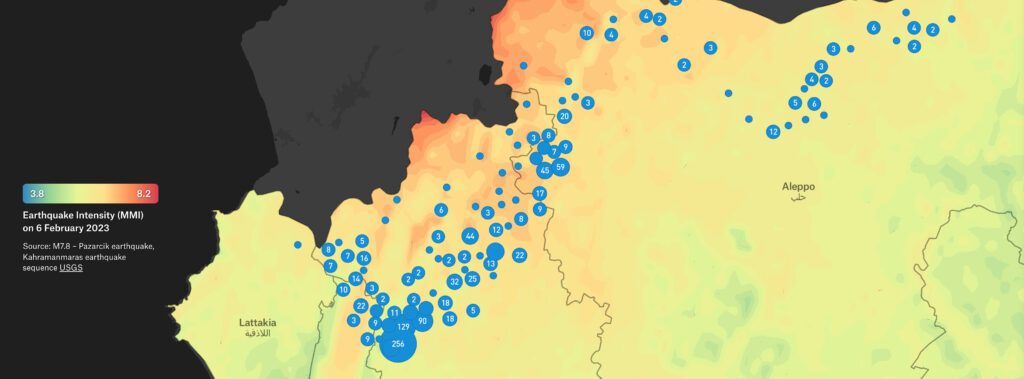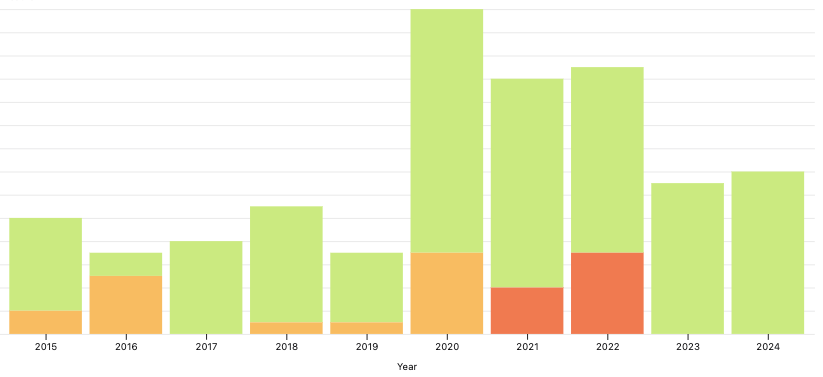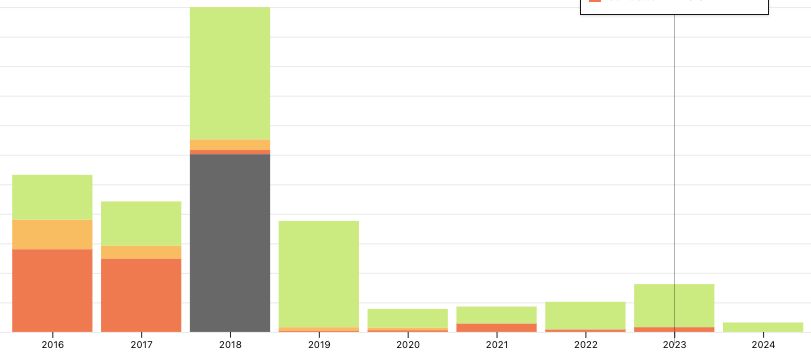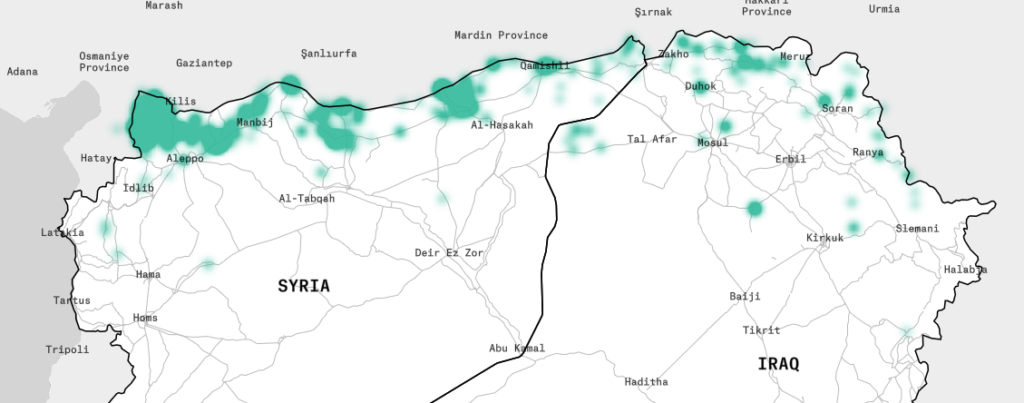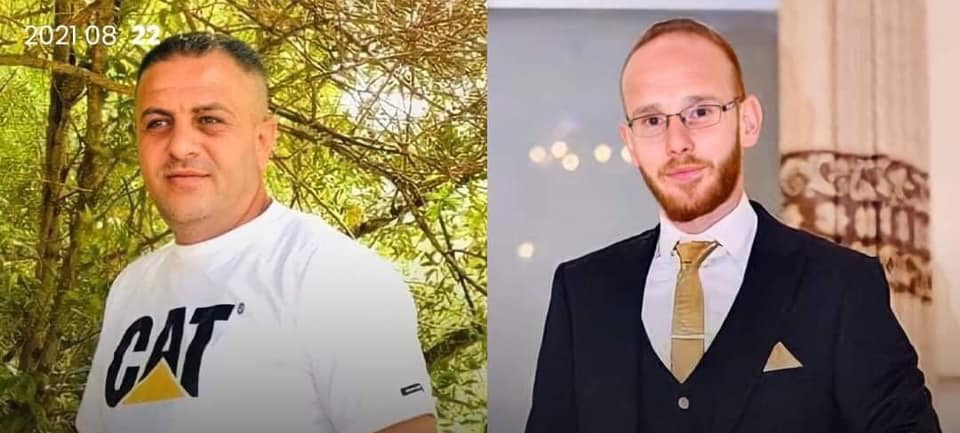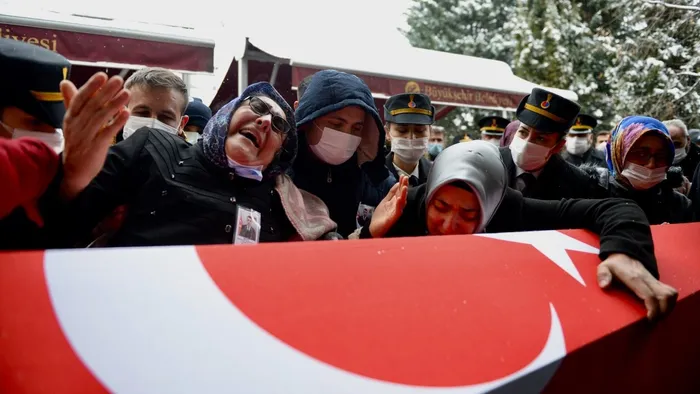The armed forces of Türkiye have been directly or indirectly active in a number of modern conflicts, including Syria, Iraq, Libya, Somalia and Nagorno-Karabakh.
Airwars has documented allegations of civilian harm from Turkish actions in Iraq and Syria since 2015.
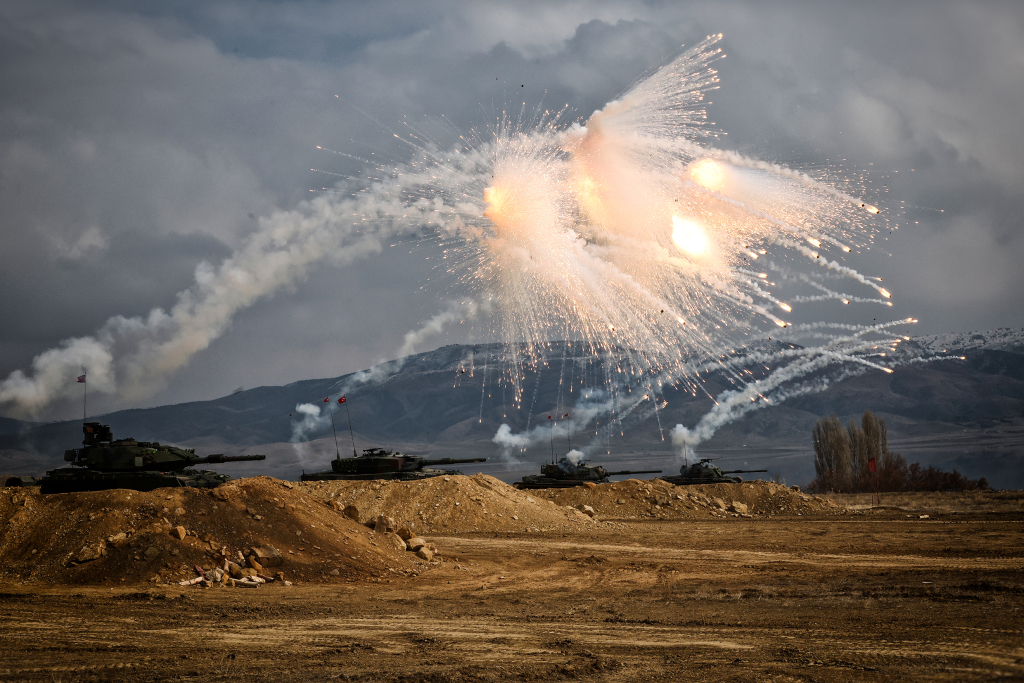
Conflicts monitored involving Turkish Military
